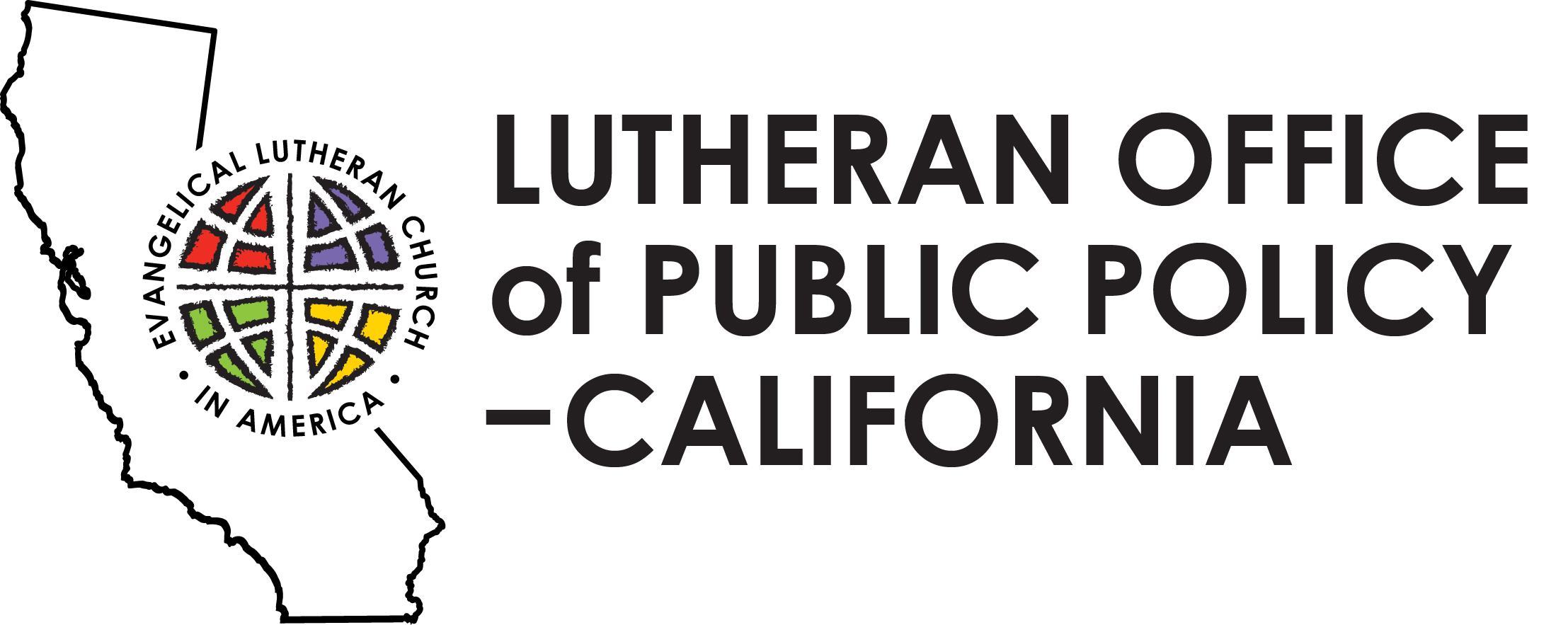Budgets reflect values and priorities.
The state budget is a bill of a different kind, moving through the legislature at its own pace and authorizing expenditures across an array of public services and systems. There may be accompanying ‘trailer bills’ that provide policy language for for programs supported through the budget. The major players in the budget process? The Governor, the Speaker of the Assembly, and the Senate President pro Tempore. The state budget is funded by tax revenues from income tax, sales tax, and special levies and tariffs as well as through federal dollars given to states to fund programs such as Medicare. The state budget allocates a portion to counties who carry out functions of the state (elections and CalFresh, for example)
The budget process is a cycle and involves a series of bills. The initial budget bill is proposed by the Governor and is hundreds of pages long. Each budget expires after one year. However, there will be additional bills that follow which amend the budget and which flesh out policies behind the line items on the Governor’s budget. We’ll get to those later. First, let’s look at the budget process timeline:
A more detailed visual explaining the roles of the governor, the legislature, and the public can be found here.
Legislative Processes
So what about those additional budget bills? These budget bills are proposed by Legislators to amend the budget, and they go through a different process than the Governor’s budget as shown above. Budget bills provide appropriations and go through a committee process much like policy bills, except that they have special budget committees and subcommittees rather than policy committees.
In the Senate, budget bills go through the Senate Budget and Fiscal Review Committee, and in the Assembly, through the Assembly Budget Committee. The Budget Chairs of each committee are another set of key players who can sway the process and priorities.
But how does a busy legislator– busy with their own policy bills, committees, constituent engagement, and constant flow of bills to vote on–how do they have the time to understand a budget hundred of pages long? Legislators are guided by the counsel of the Legislative Analyst Office (LAO), a non-partisan body providing both budget and policy analysis to legislators who may know very little about the nuances of an issue at stake.
The legislature can reject proposals in the Governor’s budget. They can add dollars. They can drop new programs in. Each house brings its budget proposals and then must reconcile them with the Governor to finally reach an approved budget by June 15.
Then we have budget trailer bills, which are policy bills related to the budget through fiscal expenditures. These are statutory – policy – changes or details for programs funded in the budget but which may not have defined policy behind them. These bills do not have to pass by June 15.
Unfortunately to the democratic process, budget trailer bills have morphed into vehicles to make major policy changes outside of the legislative process. These policy changes are buried in the hundreds of pages of dense budget trailer bill text. Often, these major policy changes have little to no relationship to the budget. The bills are drafted behind closed doors with little press coverage or input from the public and those affected. These bills may be dropped toward the end of session when legislators are pressed for time and may not be able to scrutinize every detail of a bill.
Ballot Measures and the Budget
The rules governing the budget process are in California’s State Constitution, which voters have amended through ballot measures shape the timing and funding structures in the budget. California was notorious for passing budgets behind schedule. A few propositions changed that:
Prop 25
In 2010, voters passed a constitutional amendment to allow a simple majority to pass the budget bill. Previously, the legislature had to reach a ⅔ majority in order to pass the budget. With a lower threshold of consensus for the budget to be approved, budgets could move through the process more swiftly.
Prop 26
Also in 2010, voters amended the constitution so that in order for Legislators to pass tax increases, a supermajority ⅔ vote is required. This has created more barriers to new taxes to raise revenues for the state.
Funding Structures
Voters have created restricted funds and complex formulas to ensure that certain programs get funded. Besides being a lot of math, this also means that the Governor and Legislature must make sure certain programs are funded before others are. It ties their hands a bit to move with the needs of any given year, but it also helps ensure that in a low revenue year, essential services are not being cut.
Prop 98
Voters approved an amendment to the state constitution setting complex formulas guaranteeing a minimum level of funding for schools per year.
Prop 2
In 2014, voters approved the creation of a rainy day fund to house excess state revenues, which are only to be used under certain circumstances.
Prop 55
In 2016, voters approved another formula to boost funding for Medical.
